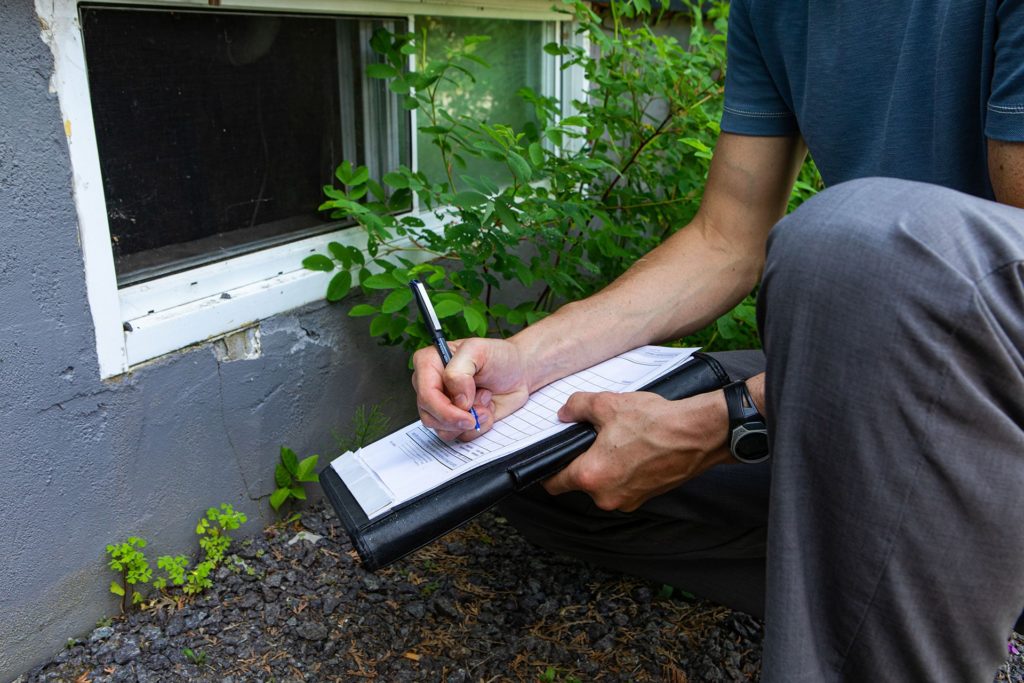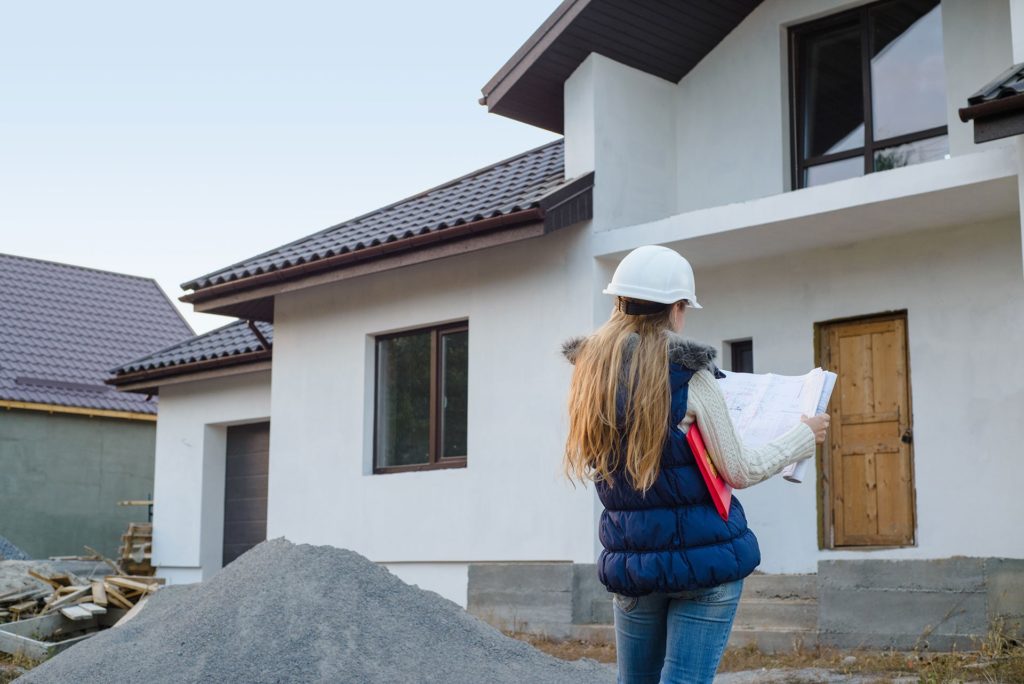Thinking of buying or getting a pre-purchase survey carried out on an old period property?
The following content will hopefully give you some guidance as to what to check out when buying an older property, including common mistakes that a building surveyor often finds when older properties constructed from the early 1800s to 1914 have been incorrectly renovated.

Most period properties that come up for sale are in need of some level of refurbishment. The cost of renovating period properties is just one issue of concern. Another major issue is the lack of knowledge of correct building techniques for older houses and the use of inappropriate building materials by building contractors and professional advisers when old properties are renovated.
All too often we are engaged to carry out a pre-purchase structural survey on an older property that has recently been refurbished or partially upgraded before sale. Unfortunately in many cases the money spent on refurbishments result in new problems, mostly related to dampness and condensation within the property. In far too many cases the renovation works that are carried out to period properties are counterproductive and while they may appear to solve one issue they end up creating other problems that may only come to light when the builder is long gone.
The main reason for this is that a significant number of building contractors and professionals incorrectly use or recommend modern materials, including the use of certain airtight and waterproof materials (which are the norm in modern building) when renovating old buildings. It is important to understand that the exterior of modern buildings are both water and more airtight and that the materials used in newer buildings allow for this. Old buildings are more porous in comparison and it is very important that period building is allowed to breathe and let moisture that enters into the walls from rain, rising damp or interior condensation be allowed to escape.
Some considerations to take into account before purchasing a period property

- It is not unusual to have previous movement in a period property as the foundations under the structural walls would be lightweight when compared to current standards. Also timber floor joists and roof timbers would also be smaller than current standards. It is important to take advice from contractors or professional with experience with old properties when renovating period houses. Far too often unnecessary major and expensive repairs are carried out to foundations, floors and other structural components of period buildings because of previous movement in the structure or that the old floors appear bouncy or slopped when compared to modern standards.
- It is important to first understand that most period houses are deficient when compared to modern building standards and some settlement in the walls and floors may have occurred as a result of this deficiency. However, this does not make an old structure defective. In most cases condemning the property and carrying out major renovation work to bring the property towards modern standards is not necessary. Quite often having minor slopes in floors and unsquared door and window frames can add to the charm of owning a period property as long as the movement has ceased. In these cases, it is important to ensure that the movement has ceased and that the walls and floors are fully re-braced / tied back together. This, if done correctly will in effect make the period property as structural sound as what it was when built in the first place, except for showing some signs of movement that had occurred in the past.
- When movement has occurred in a property it is important to first understand if the movement is old movement or still ongoing. Significant ongoing movement in an old property resulting from foundation failure and / or inadequate bracing of the structure would in most cases be very expensive to repair and in some cases it may be more cost-efficient to knock down and rebuild the structure. If the movement has ceased, it may indicate that the foundations have found an equilibrium with the soil underneath including the adjoining buildings. In this case if would be important to make sure all the walls and floors where previous movement has occurred are tied back together.
- One common issue we find is in relation to floors in period houses. Far too often underfloor vents are blocked and outside walls are rendered or repointed preventing the ground floor walls and underfloor void from drying out. This in time will lead to decay in the floor joists. Another issue is when a period house is being redecorated, the owner decides to go to the extra cost and remove the existing cracked plastered ceilings and replace the ceilings with new dry-lining. This has two knock-on consequences, firstly the old timber lath plastered ceiling was a much better soundproofing material than what is been used to replace it and secondly the old timber laths which were nailed under the floor joists added structural stability to the floor. With these laths now removed the floor is not as firm as what it was before these works were carried out and now more strengthening is required to these floors.
- As in the example above it is important that your building contractor and building adviser have an excellent understanding of how old buildings work. It is far too common for contractors and advisers to say that a period building including floors, walls, roofs are not structurally sound and repair works are required. In most cases, these buildings have been in existence for a few hundred years or at least one hundred years and would remain stable for years to come with normal maintenance, notwithstanding the fact that these buildings would not come close to current building regulation standards. It reminds me of the analogy that your accountant or IT adviser won’t get fired for buying or recommending an expensive IBM solution even though a far less expensive solution would suffice.
Common defects to look for when buying a period house

- Roof. Delaminated / aging roof slates would be expected unless the roof has had previous maintenance. Also where the roof slate has been punched / drilled to allow for the nail which secured the slate to the roof is a common area for failure.
- Insulation. The insulation standards in older houses would be expected to be low unless significant upgrades have been carried out to the property. If your aim is to have a highly insulated property with a good BER rating, buying a period property may not be your best starting point. Old period properties can be upgraded to a reasonable standard but the high cost of doing so may not show a return on your investment, plus if the insulation materials used are not suitable or installed correctly dampness within the building may become an issue.
